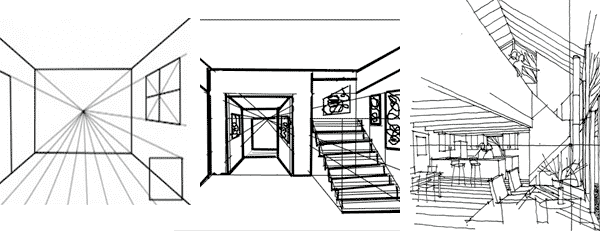 |
| Interior Design Styles |
At the start of any interior design project, you wonder what style should I choose? what style do I like? what style will look good in that space? what style will I feel comfortable with? Whether you're decorating a single room or a whole house, a bungalow or a mansion the style will change dependent on the existing space and what is appropriate for it.
The above image of interior design styles is not a definitive list but rather a selection of some of the most common or popular interior design styles, more styles exist and more are being created all the time. If you want to learn more about any of the interior design styles shown above, read the full interior design styles article HERE.













































